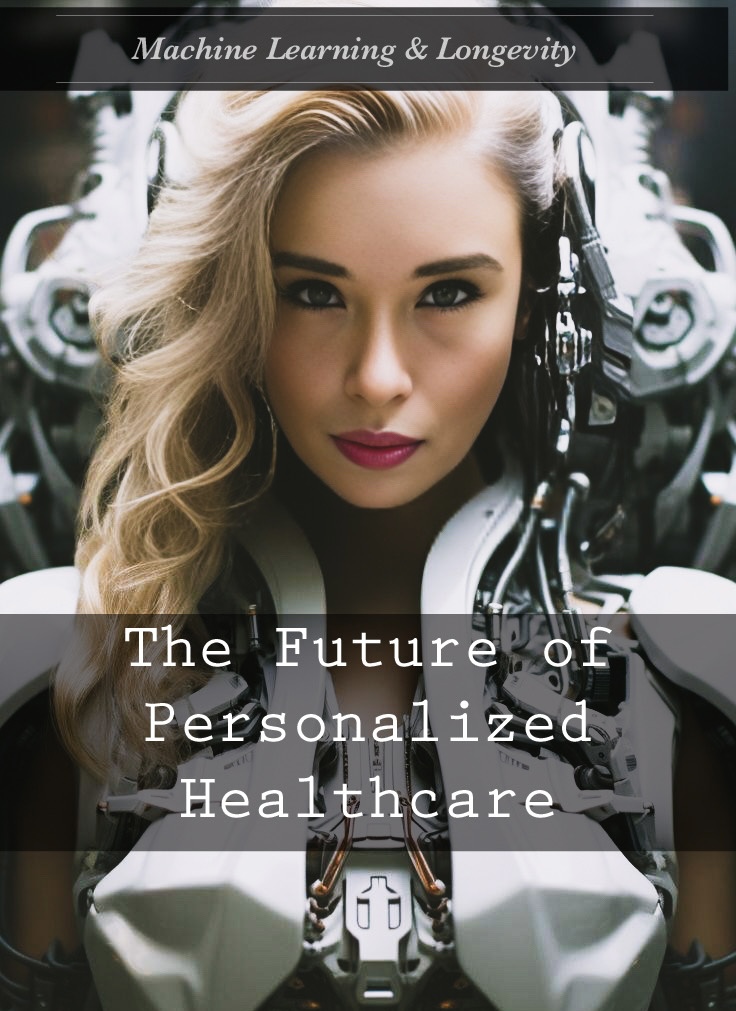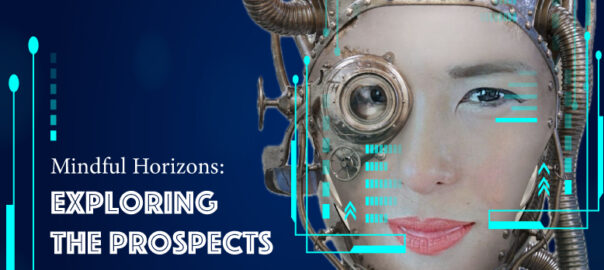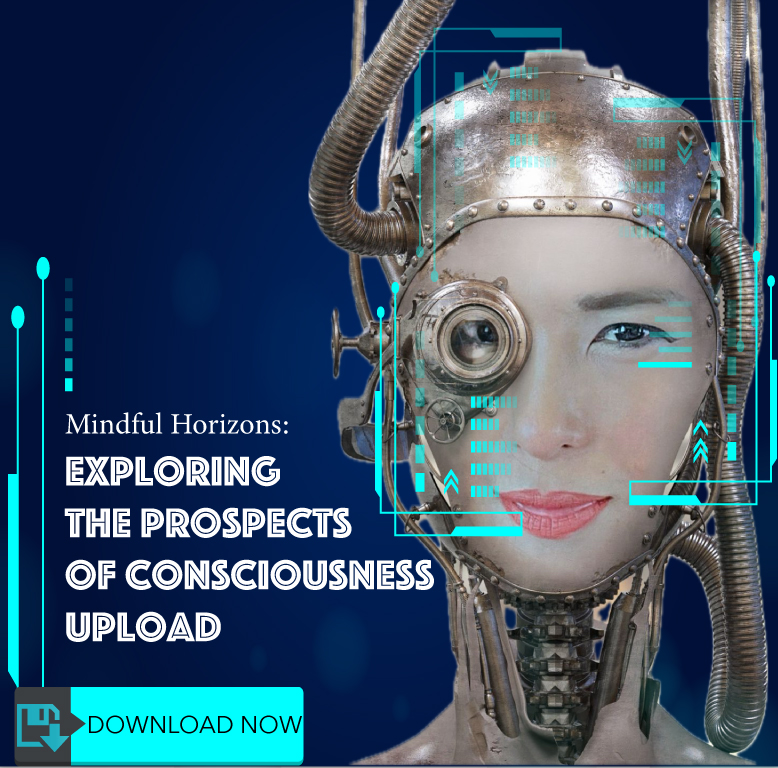Introduction:
In the ever-evolving landscape of technology, machine learning stands as a beacon of innovation, transforming theoretical concepts into tangible applications that shape our daily lives. From personalized recommendations to breakthroughs in healthcare, this article embarks on a comprehensive exploration of machine learning, delving into real-world examples, providing a coding insight, examining its potential role in longevity, and showcasing promising ideas shaping the future of this dynamic field.

Understanding Machine Learning in the Real World:
At its core, machine learning empowers computers to learn from data, decipher patterns, and make predictions without explicit programming. The real-world applications of machine learning span a vast spectrum, influencing our interactions with technology on a profound level.
Real-World Marvels:
Recommendation Systems:
Consider the seamless streaming experience provided by Netflix. Behind the scenes, machine learning algorithms analyze viewing habits, preferences, and even time-of-day patterns to curate personalized content recommendations. Similarly, music streaming giant Spotify leverages machine learning to understand individual musical tastes, creating playlists and suggesting tracks tailored to each user.
Image and Speech Recognition:
In social media, facial recognition technologies enhance user experience by identifying friends and family in photos. Voice-activated virtual assistants like Siri or Alexa employ machine learning to interpret and respond to user commands accurately, showcasing the prowess of speech recognition algorithms.
Healthcare Diagnostics:
Machine learning’s impact on healthcare is transformative. From early disease detection to personalized treatment plans, these algorithms analyze vast datasets, identifying subtle patterns indicative of various medical conditions. The result is more accurate diagnoses and tailored interventions, marking a paradigm shift in healthcare delivery.
Diving into Code: Linear Regression Example:
Understanding the magic behind machine learning often requires a glimpse into the code. Let’s explore a foundational algorithm: linear regression. The provided Python code generates synthetic data, splits it for training and testing, creates a linear regression model, trains it, makes predictions, and evaluates its performance.
# Importing necessary libraries
from sklearn.model_selection import train_test_split
from sklearn.linear_model import LinearRegression
from sklearn import metrics
import numpy as np
import matplotlib.pyplot as plt
# Generating synthetic data
np.random.seed(42)
X = 2 * np.random.rand(100, 1)
y = 4 + 3 * X + np.random.randn(100, 1)
# Splitting data into training and testing sets
X_train, X_test, y_train, y_test = train_test_split(X, y, test_size=0.2, random_state=42)
# Creating a linear regression model
model = LinearRegression()
# Training the model
model.fit(X_train, y_train)
# Making predictions on the test set
y_pred = model.predict(X_test)
# Evaluating the model
print('Mean Absolute Error:', metrics.mean_absolute_error(y_test, y_pred))
# Plotting the regression line
plt.scatter(X_test, y_test, color='black')
plt.plot(X_test, y_pred, color='blue', linewidth=3)
plt.show()
Machine Learning and Longevity:
As we ponder the potential impact of machine learning on our lives, the realm of healthcare takes center stage. Can machine learning contribute to longevity? The answer lies in the realm of personalized medicine. By analyzing genetic, lifestyle, and medical data, machine learning models can identify patterns associated with health risks, enabling proactive interventions and personalized healthcare strategies.
While predicting an individual’s exact lifespan remains speculative, machine learning’s contribution to optimizing health trajectories is undeniable. Early detection, preventive measures, and personalized treatment plans are becoming more achievable through the lens of machine learning.
Promising Ideas in Machine Learning:
As machine learning continues to evolve, several promising ideas are reshaping the landscape:
Explainable AI (XAI):
Enhancing the interpretability of machine learning models is crucial, especially in applications where decisions impact lives. Explainable AI ensures that the decision-making process is transparent and understandable, instilling trust in the technology.
Federated Learning:
Privacy concerns are paramount in the digital age. Federated learning addresses these issues by allowing collaborative model training across decentralized devices, preserving data privacy while improving model accuracy.
AI in Drug Discovery:
The drug discovery process is notorious for its time-consuming and costly nature. Machine learning expedites this process by predicting potential drug candidates, significantly reducing the time and resources required to bring new medications to market.
Generative Adversarial Networks (GANs):
Creating synthetic data has emerged as a breakthrough in machine learning. GANs, a type of neural network, generate artificial data that can be used for training models, particularly useful when real data is scarce or sensitive.
Reinforcement Learning in Robotics:
Advancements in reinforcement learning are paving the way for robots to learn complex tasks through trial and error. This has transformative implications for automation in various industries, from manufacturing to healthcare.
Machine Learning for Longevity: A Practical Approach
Machine learning is not a magic bullet for achieving longevity, it can contribute significantly to personalized healthcare and early intervention strategies. Below are examples of how machine learning could be applied in the context of longevity.
1. Predictive Modeling for Health Risks:
Machine learning models can analyze a multitude of health-related data, including genetic information, lifestyle factors, and medical history, to predict an individual’s susceptibility to certain health risks. Let’s explore a simplified example using a hypothetical dataset:
Importing necessary libraries
from sklearn.ensemble import RandomForestClassifier
from sklearn.model_selection import train_test_split
from sklearn.metrics import accuracy_score
# Generating synthetic health data (hypothetical example)
# Features: Genetic markers, lifestyle factors, medical history
# Target: Presence or absence of a health risk
# (Assume 'X' contains features and 'y' contains target labels)
# Splitting data into training and testing sets
X_train, X_test, y_train, y_test = train_test_split(X, y, test_size=0.2, random_state=42)
# Creating a Random Forest Classifier model
model = RandomForestClassifier()
# Training the model
model.fit(X_train, y_train)
# Making predictions on the test set
y_pred = model.predict(X_test)
# Evaluating the model
accuracy = accuracy_score(y_test, y_pred)
print('Model Accuracy:', accuracy)
This code snippet showcases a simple example of using a Random Forest Classifier to predict health risks based on various features. In a real-world scenario, the features would be more complex and extensive, incorporating genetic data, lifestyle parameters, and medical records.
2. Personalized Treatment Plans:
Once potential health risks are identified, machine learning can assist in crafting personalized treatment plans. Here’s an example using a hypothetical scenario of diabetes management:
# Importing necessary libraries
from sklearn.linear_model import LinearRegression
# Generating synthetic data for diabetes management (hypothetical example)
# Features: Blood sugar levels, lifestyle factors, treatment history
# Target: Response to treatment (e.g., improvement in blood sugar control)
# (Assume 'X' contains features and 'y' contains target labels)
# Creating a Linear Regression model for treatment response prediction
model = LinearRegression()
# Training the model
model.fit(X, y)
# Making predictions for personalized treatment plans
predicted_response = model.predict(new_patient_data)
print('Predicted Treatment Response:', predicted_response)
In this example, a Linear Regression model is used to predict an individual’s response to a diabetes treatment plan based on their unique set of features.
3. Early Disease Detection:
Machine learning can play a pivotal role in the early detection of diseases, allowing for timely intervention. Let’s consider an example of using a support vector machine (SVM) for early cancer detection:
# Importing necessary libraries
from sklearn.svm import SVC
# Generating synthetic data for cancer detection (hypothetical example)
# Features: Biomarkers, imaging data, genetic information
# Target: Presence or absence of cancer
# (Assume 'X' contains features and 'y' contains target labels)
# Creating a Support Vector Machine model for cancer detection
model = SVC(kernel='linear', probability=True)
# Training the model
model.fit(X_train, y_train)
# Making predictions on new data
predicted_probability = model.predict_proba(new_patient_data)[:, 1]
print('Probability of Cancer:', predicted_probability)
This example demonstrates using a Support Vector Machine to predict the probability of cancer based on various features.
While these examples provide a glimpse into how machine learning can be applied in the context of longevity, it’s crucial to note that real-world applications involve more intricate data and rigorous validation processes. The field of machine learning in healthcare is continually evolving, and as it advances, we may witness even more sophisticated and impactful applications aimed at enhancing and extending human life.
The Future of Machine Learning
As we gaze into the future, the trajectory of machine learning promises to be a tapestry woven with threads of innovation. From explainable AI to groundbreaking advancements in healthcare, the journey of machine learning is a testament to our collective ability to push the boundaries of what’s possible. The potential to revolutionize industries and redefine our approach to longevity stands as a captivating prospect, urging us to embrace the transformative power of technology and its ability to shape a brighter future.



